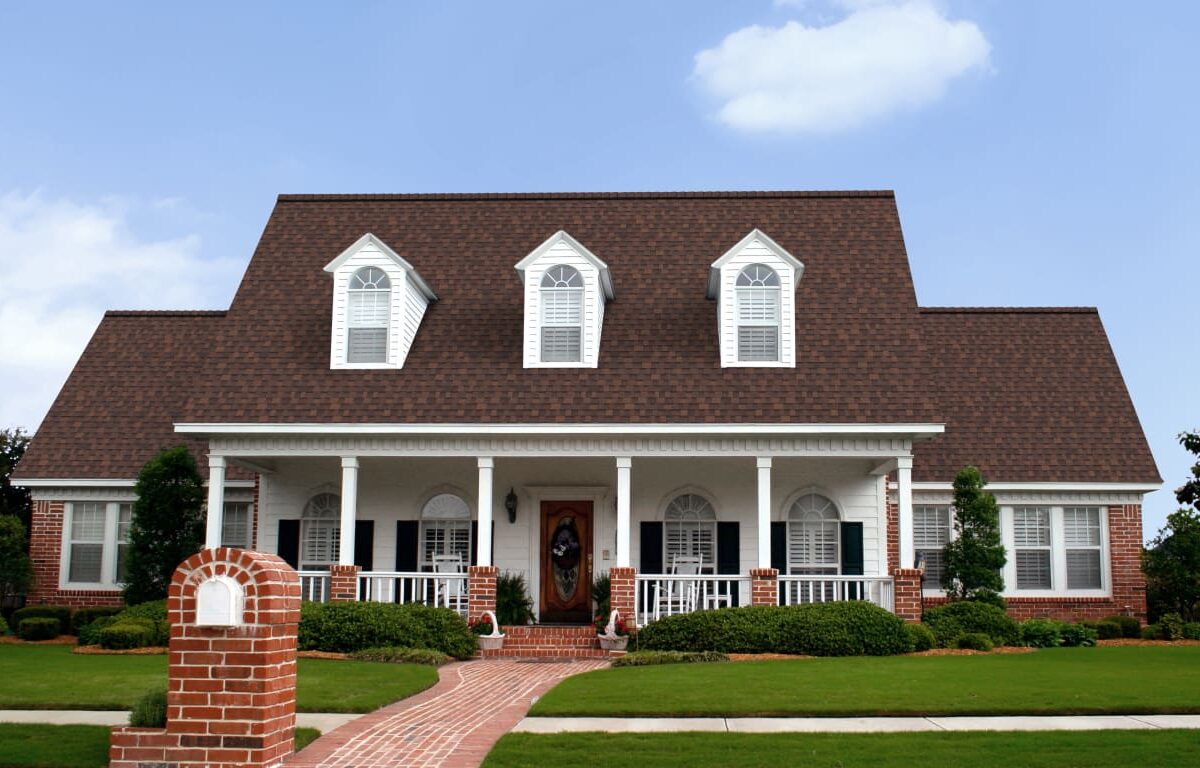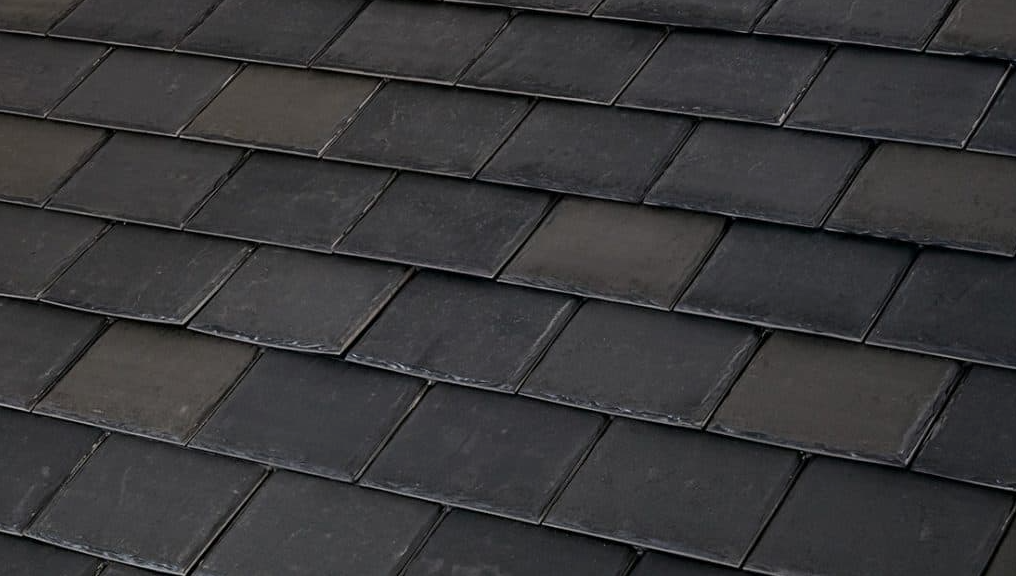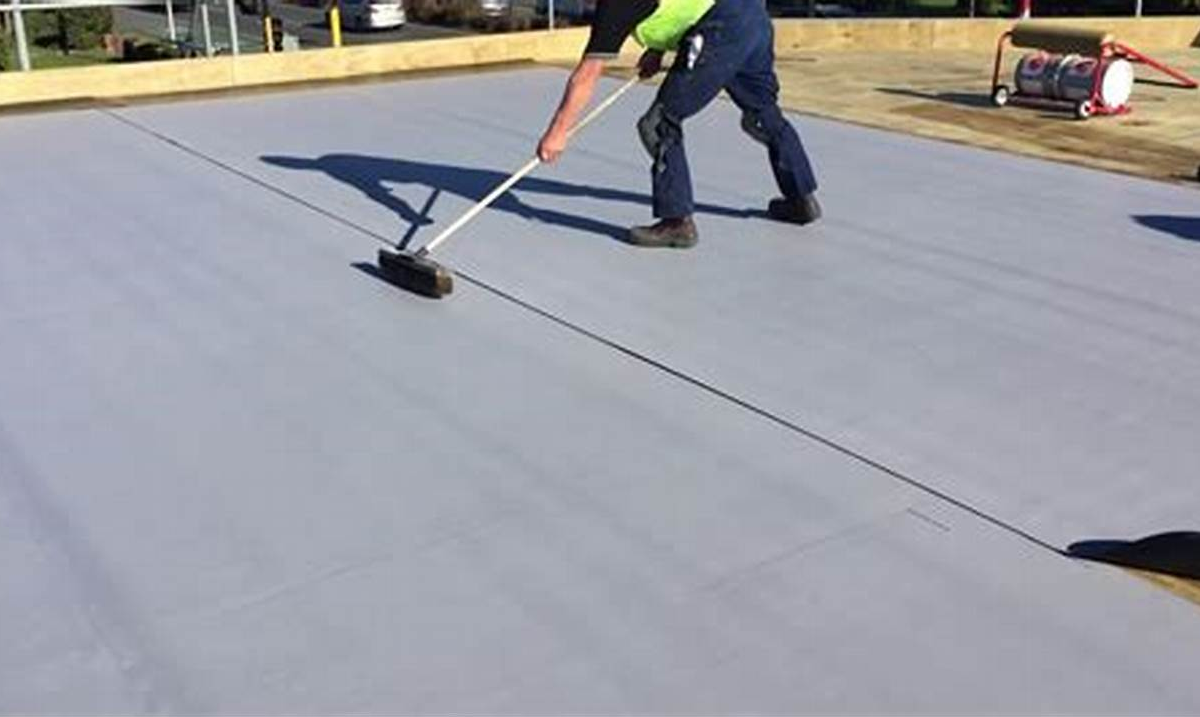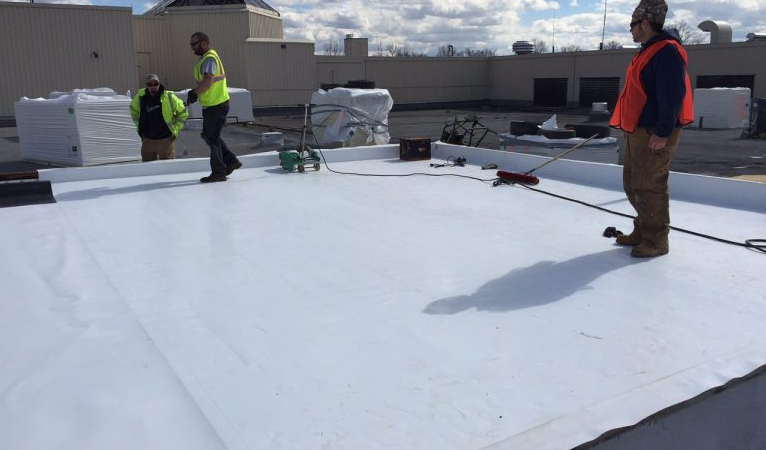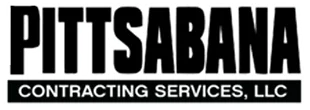When it comes to roofing and guttering needs in Pittsburgh, Pennsylvania, Owens Corning Oakridge Shingles provide effective and durable solutions. With their exceptional quality and long-lasting performance, Oakridge Shingles have become a popular choice among homeowners and contractors alike. In this article, we will explore the features, benefits, and costs associated with Owens Corning Oakridge Shingles. Additionally, we will compare Oakridge Shingles with other top shingle brands, discuss the pros and cons, highlight the differences between Oakridge and Duration shingles, and even delve into the most popular Oakridge Shingles color options. Read on to discover why Owens Corning Oakridge Shingles are the go-to roofing solution in Pittsburgh.
What Are Owens Corning Oakridge Shingles?
Owens Corning Oakridge Shingles are high-quality asphalt roofing shingles designed to provide exceptional performance and aesthetics. These shingles are crafted using a unique blend of fiberglass mat and asphalt, which ensures strength, durability, and resistance to harsh weather conditions. With their dimensional and striking appearance, Oakridge Shingles enhance the curb appeal of any home. Available in a wide range of colors and designs, they offer versatility and can complement various architectural styles.
How Much Do Oakridge Shingles Cost?
The cost of Owens Corning Oakridge Shingles can vary depending on factors such as the size of the roof, location, and any additional materials required for installation. On average, the price per square (100 square feet) for Oakridge Shingles falls within a competitive range compared to other roofing materials. It’s important to note that while the initial investment for Oakridge Shingles may be slightly higher than some alternatives, their long-term durability and energy efficiency make them a cost-effective choice in the long run. To get an accurate estimate for your specific roofing project, it is recommended to consult with a professional roofing contractor who can provide detailed pricing based on your requirements.
Cost of Oakridge Shingles vs. Top Shingle Brands
When considering roofing options, it is essential to compare the cost of Owens Corning Oakridge Shingles with other leading shingle brands. While Oakridge Shingles may have a slightly higher initial cost compared to some brands, their superior quality and durability justify the investment. Other top shingle brands may offer lower prices initially but may lack the same level of performance and longevity.
Oakridge Shingles Features
Owens Corning Oakridge Shingles come packed with several noteworthy features that contribute to their popularity. Some key features include:
– StainGuard® Protection: Oakridge Shingles are equipped with StainGuard® Protection, which helps resist algae growth and ensures long-lasting beauty.
– Limited Lifetime Warranty: Owens Corning stands behind their Oakridge Shingles with a limited lifetime warranty, providing peace of mind to homeowners.
– Weather Performance: These shingles are engineered to withstand strong winds of up to 130 mph, making them suitable for various weather conditions.
– Energy Efficiency: Oakridge Shingles are designed to reflect solar energy, reducing the strain on your HVAC system and potentially lowering energy costs.
Oakridge Shingles Pros
– Durability: Owens Corning Oakridge Shingles are known for their exceptional durability, ensuring long-lasting protection for your home.
– Aesthetics: With their dimensional appearance and a wide range of colors available, Oakridge Shingles can enhance the visual appeal of any home.
– Energy Efficiency: The energy-efficient design of Oakridge Shingles can help regulate indoor temperatures, potentially reducing energy consumption.
– Warranty: Owens Corning provides a limited lifetime warranty, adding an extra layer of protection and peace of mind for homeowners.
Cons of Oakridge Shingles
– Cost: While Oakridge Shingles offer excellent value in the long term, their initial cost may be slightly higher compared to some other shingle options.
– Installation Complexity: Proper installation of Oakridge Shingles requires the expertise of professional contractors to ensure optimal performance and longevity.
Oakridge vs. Duration Shingles
Both Owens Corning Oakridge and Duration shingles are renowned for their quality and performance. While Oakridge Shingles offer excellent value, Duration Shingles come with additional features such as patented SureNail Technology for enhanced wind resistance. Choosing between the two ultimately depends on specific requirements, budget considerations, and personal preferences.
What’s the Most Popular Oakridge Shingles Color?
Owens Corning Oakridge Shingles offer a wide range of color options to suit various architectural styles and homeowner preferences. Some of the most popular Oakridge Shingles colors include Estate Gray, Onyx Black, Driftwood, and Teak. Each color has its unique charm and can dramatically transform the look of your home.
Conclusion
Owens Corning Oakridge Shingles provide Pittsburgh, Pennsylvania homeowners with a reliable and aesthetically pleasing roofing solution. With their exceptional durability, energy efficiency, and versatility, Oakridge Shingles have gained a strong reputation in the industry. While the initial cost may be slightly higher compared to some alternatives, the long-term benefits and peace of mind offered by Oakridge Shingles make them an excellent investment. By choosing Owens Corning Oakridge Shingles, homeowners can enjoy a beautiful, durable, and weather-resistant roof that enhances the overall value and curb appeal of their property in Pittsburgh, Pennsylvania.


